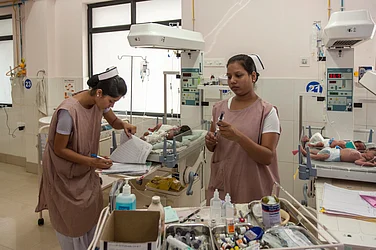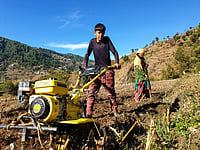
Himachal DGP Ashok Tewari links proximity to Punjab, liquor culture to the State’s drug trade.
In a recent awaress drive function, DG Tewari exhorted youths to consider themselves as “police personnel without uniforms”.
Drugs don’t destroy just one person—they shatter the entire family of the addict.
Himachal Pradesh Director General of Police (DGP) Ashok Tewari has identified two basic factors behind the state’s growing drug problem—its proximity to Punjab and deeply rooted alcohol consumption in the hills.
Besides these factors, drugs smuggled from outside the state and drug-related crimes—like thefts, robberies, and violence by addicts (mainly youths and teenagers) at home and elsewhere—are presenting new challenges for Himachal Pradesh police. DGP Tewari openly acknowledges this concern.
DGP Tewari announced a campaign centred on involving youths as "police without uniform," urging them to actively cooperate with law enforcement to tackle the drug crisis.
“I urge all students and youths: Take action as vigilant community members—if you witness any suspicious or illegal drug activity in your surroundings, report it immediately. We guarantee your identity as an informant will be kept fully confidential,” Tiwari declared.
He spoke at a special programme by Shimla’s APG University, “Before You Fall, Stand Tall.” The event aimed to raise awareness among students about the alarming rise in drug abuse in Himachal Pradesh.
Tewari admitted that the police alone cannot eradicate the drug menace gripping the youth. He emphasised the need for public support—especially from students and the most vulnerable young people—to come forward and share information about any suspicious or illegal activity without delay (comma). must understand the consequences of drug abuse. Falling into it—whether due to peer pressure, stress, anxiety, or simply chasing a thrill—can set one on a path with no turning back, often ending in death.

“Drugs don’t destroy just one person—they shatter the entire addict’s family,” he cautioned. He went on to note a shift in Himachal Pradesh: first from alcoholism, then to conventional drugs (cannabis-based), and now to synthetic narcotics like ‘chitta’ from Punjab.
‘Chitta,’ said Pankaj Sharma (Superintendent of Police, Welfare), is a highly addictive synthetic drug. Its overdose can easily cause death. It also leads to severe mental health problems: anxiety, depression, hallucinations, paranoia, and suicidal thoughts.
Asked how he has seen the drug menace worsen, DGP Tewari recalled joining the Himachal Pradesh police cadre in 1995, when the problem was virtually absent. He said it emerged in the first decade of this century and has grown since.
“I often wonder if Himachal Pradesh’s drug problem stems from proximity to Punjab or an internal societal fault,” he said. Alcohol has long been common here, especially in upper Himachal. Over time, easily available drugs from Punjab replaced alcohol. Students and young people, already used to alcohol, found it easier to switch to drugs.
The drug problem is now multi-faceted: supply chains, local distribution, youth vulnerability, and the lack of a clear de-addiction and rehabilitation policy are major hurdles.
“There is a complete mix-up of consumers, addicts, and peddlers. The youths/students addicted to drugs also take up trafficking jobs to sustain their doses.” DySP Police Headquarters Geetanjali Thakur says.
Drug abuse is harming law and order. Addicts commit thefts, robberies, and violence against their own families to get money. They sell stolen jewellery and devices—mobiles, laptops, iPads, motorbikes—for drugs. Some even steal taps from public toilets to sell for drug money.
Last month, Chief Minister Sukhwinder Singh Sukhu announced a new initiative to build a robust community-driven framework that complements police action in combating the drug menace.
He unfolded a plan to launch the “anti-Chita” Volunteer Scheme (ACVS). Under this scheme, more than 1,000 Anti-Chitta Volunteers will be engaged across the state to foster a structured partnership between the police, public, and other stakeholders- creating a strong community-based framework to supplement police efforts in tackling the drug menace.
The volunteers will play a key role in spreading awareness about the dangers of Chitta and other drugs. They will report suspicious activities, hotspots, and offenders to police through confidential channels. Volunteers will also take part in awareness campaigns in schools, colleges, and communities.
Data from the state police’s Special Task Force highlight the seriousness of the problem in this small hill state.
In 2024, police arrested 2,515 people (2,405 men and 112 women) in 1,714 cases under the NDPS Act. In the previous year, they arrested 3,135 people, comprising 3,022 men and 113 women.
By the end of last month in 2024, arrests had already reached 2,556, including 97 women, across 1,622 cases.
Tewari stated, “The Chief Minister has ordered a statewide crackdown on drugs. We are mobilising all stakeholders to achieve this goal.”






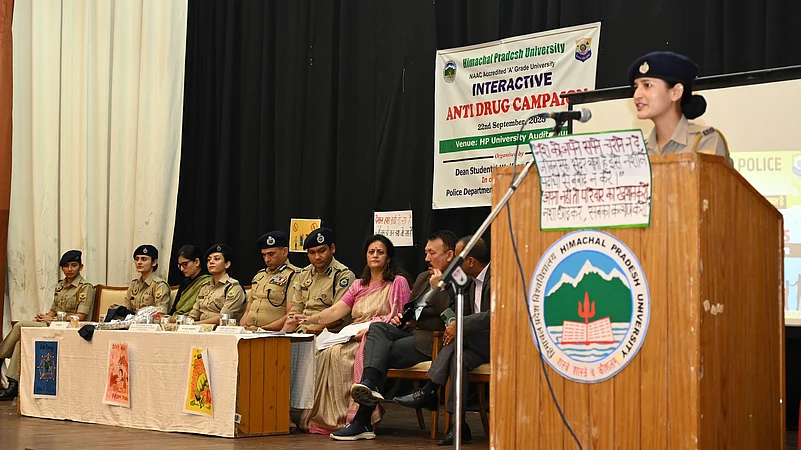


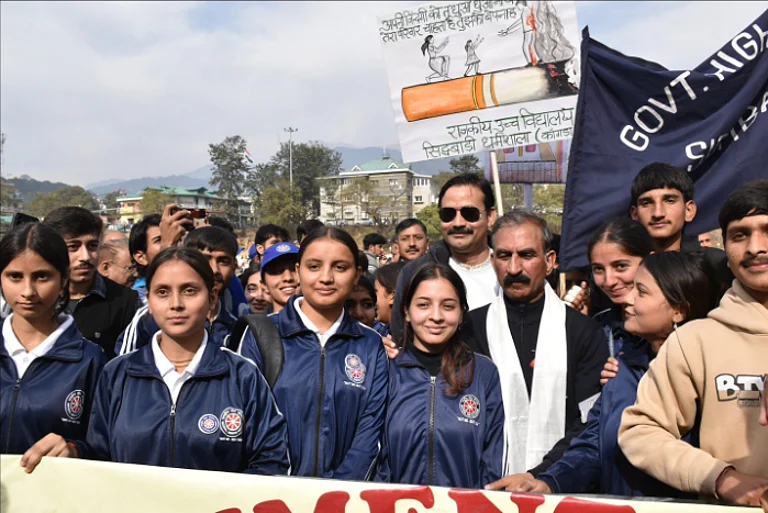
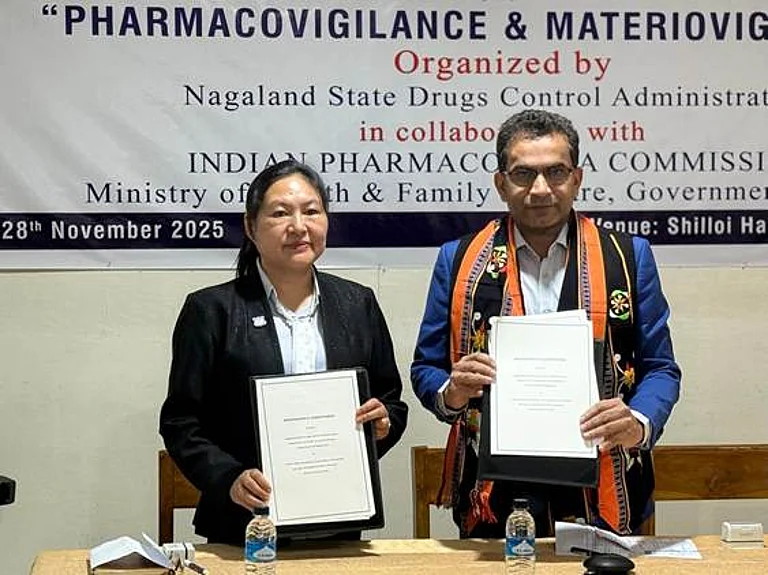

.jpg?auto=format%2Ccompress&fit=max&format=webp&w=768&dpr=1.0)


